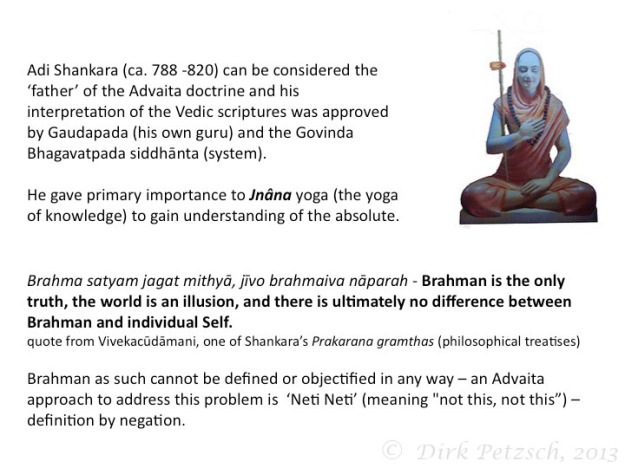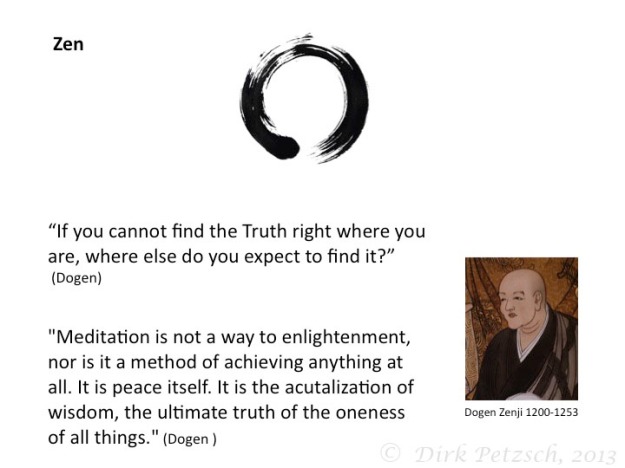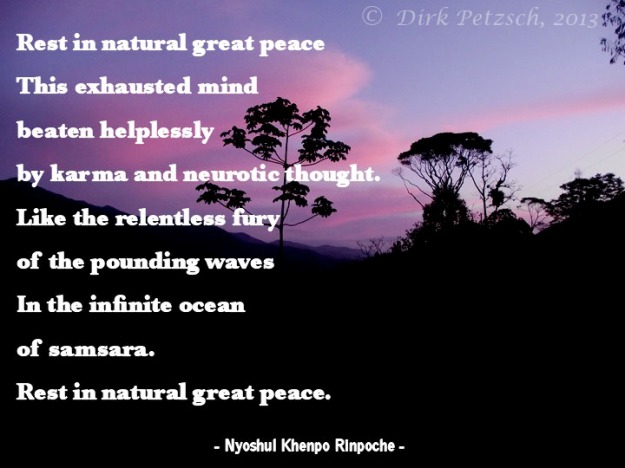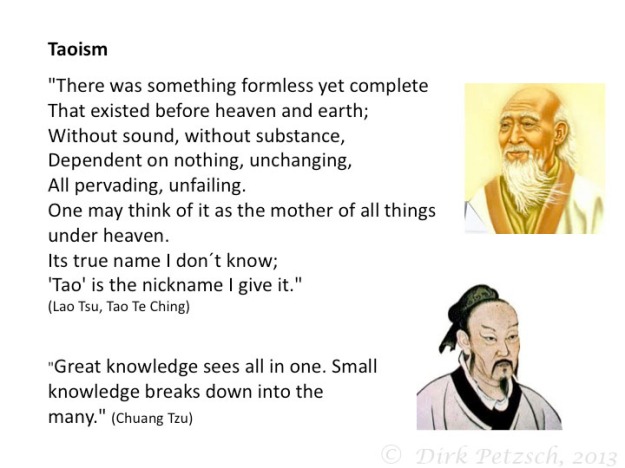‘True’ Non-Duality Traditions – with a more consistent non-dual message. Little to no focus on metaphysical questions, but based on the search for self-knowledge – ‘Who am I?’
Advaita is a non-dual tradition from India, with Advaita Vedanta, a branch of Hinduism, as its philosophical arm.
The Upanishads are primarily found in the final sections of the Vedas, which are also called Vedanta (anta – Sanskrit = final; Vedanta = culmination or essence of the Vedas), which are believed to date back as far as 6000 B.C. as an oral tradition, and around 1500 B.C. in written form.
The swan is an important motif in Advaita. It symbolises two things: first, the swan is called hamsah in Sanskrit (which becomes hamso if the first letter in the next word is /h/). Upon repeating this hamso indefinitely, it becomes so-aham, meaning, “I am That”. Second, just as a swan lives in water but its feathers are not soiled by water, similarly a liberated Advaitin lives in this world full of maya but is untouched by its illusion.
Arguments in support of the view that non-dual awareness is the sole reality are developed by classical and modern Advaitins, from Gauḍapāda (ca. 600 AD) and Adi Śhankara (ca. 700 AD) to modern day Vedanta scholars, in hundreds of texts. These are often commentaries of Upanishads and other primary scriptures.
As other schools in Mahāyāna Buddhism, Zen asserts that all sentient beings have Buddha-nature, the universal nature of transcendent wisdom, and emphasizes that Buddha-nature is nothing other than the essential nature of the mind itself. The aim of Zen practice is to discover this Buddha-nature within each person.
Zen emphasizes experiential Wisdom in the attainment of enlightenment. As such, it de-emphasizes theoretical knowledge in favor of direct realization through meditation and dharma practice.
A disciple asked, “What is the difference between the enlightened and the unenlightened man?” The Master replied, “The unenlightened man sees a difference, but the enlightened man does not.”
Dzogchen It is a central teaching of the Nyingma school, but also practiced by adherents of other Tibetan Buddhist sects and regarded as the highest and most definitive path to enlightenment by these schools.
The ultimate nature of all sentient beings is considered to be pure, all-encompassing, primordial awareness or naturally occurring timeless awareness. This “intrinsic awareness” has no form of its own and yet is capable of perceiving, experiencing, reflecting, or expressing all form. It does so without being affected by those forms in any ultimate, permanent way. This pristine awareness is what Dzogchenpas refer to as Rigpa.
Analogy: Our nature is like a mirror, which reflects with complete openness but is not affected by the reflections, or like a crystal ball that takes on the colour of the material on which it is placed without itself being changed
Having distinguished rigpa from mind, one is not distracted by the mind, i.e. one does not let thoughts lead oneself. This allows thoughts to naturally self-liberate without avoidance.
Taoism’s wu wei (Chinese wu, not; wei, doing) is a term with various translations and interpretations (e.g. inaction, non-action) designed to distinguish it from passivity. From a non-dual perspective, it refers to activity that does imply the absence of an “I” (i.e. the absence of a limited entity that is separate from reality).
The word Tao has no exact English translation, but it relates most closely to the Western idea of wholeness, to the unknowable unity of the divine. When used by the Taoist philosophers, Tao became the Way, the path or cosmic law that directs the unfolding of every aspect of the Universe. So Tao is the wisdom of the divine made manifest in nature as well as within the individual life.
Lao Tzu’s ‘Tao Te Ching’ is regarded an archetypical non-dualist text and from that perspective, the term “Tao” could be interpreted as a name for the Ultimate Reality (which, as the Tao Te Ching itself notes, is not the reality itself).
The Chinese word Tao has an etymological relationship to the Sanskrit root sound “da”, which means “to divine something whole into parts”. The ancient Sanskrit word dharma is also related to this root. In the Buddhist tradition, dharma means “that which is to be held fast, kept, an ordinance or law…the absolute, the real.” So, both dharma and Tao refer to the way that the One, the unfathomable unity of the divine, divides into parts and manifests in the world of form.”
The text segments (between the jpeg files) on this page have been copied from various resources, Including wikipedia.org, and no authorship is claimed.












Very inspiring. Thank you.
अहं ब्रह्मास्मि aham brahmāsmi